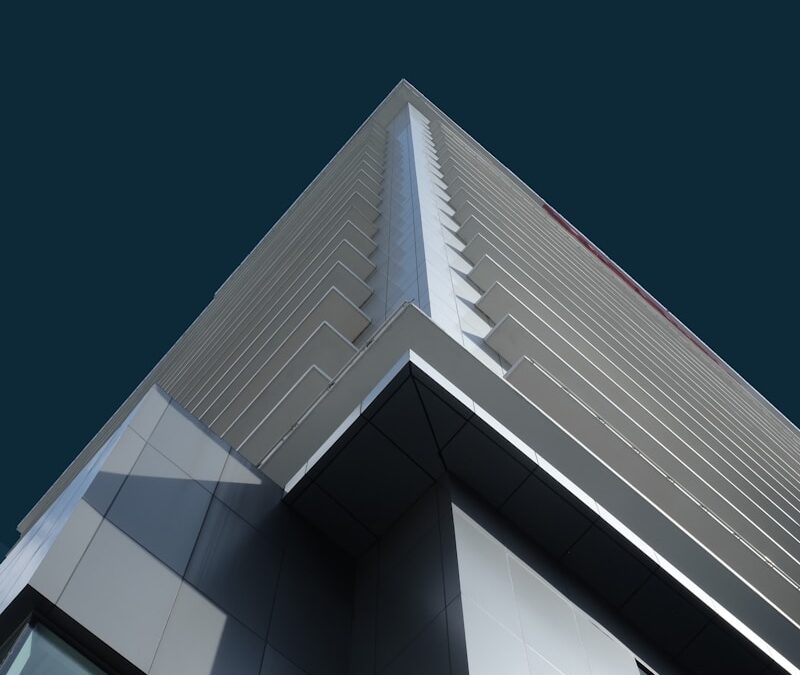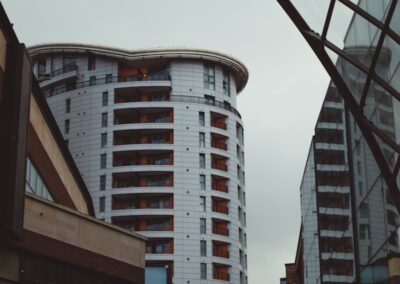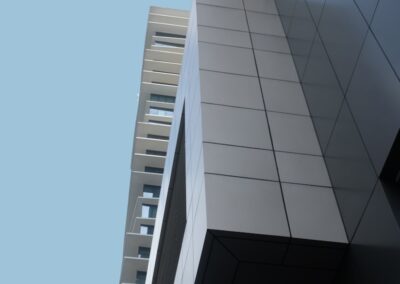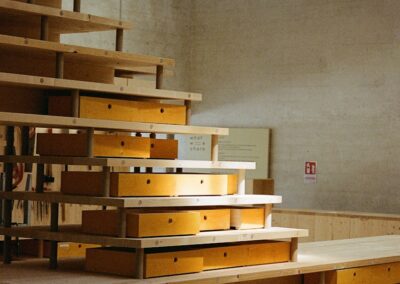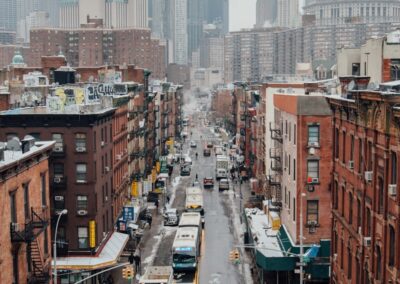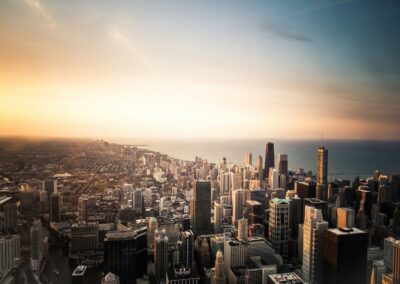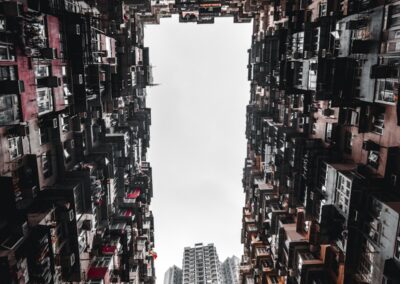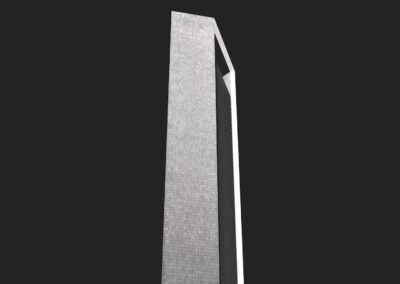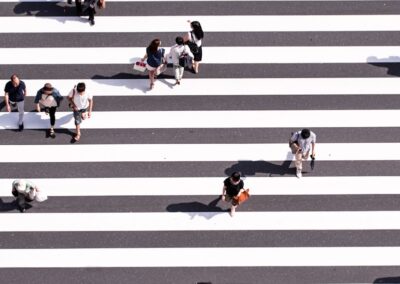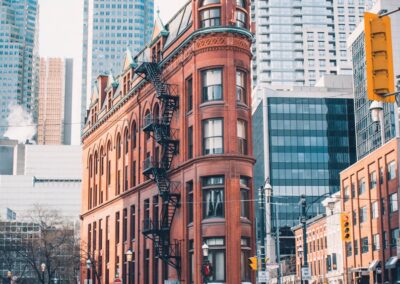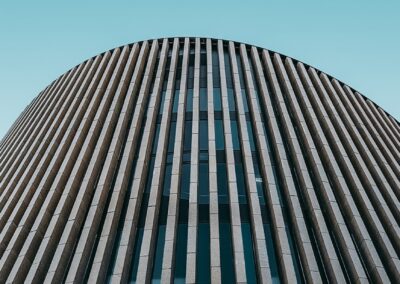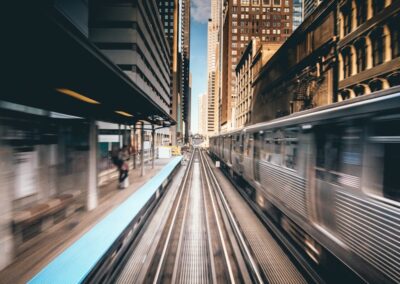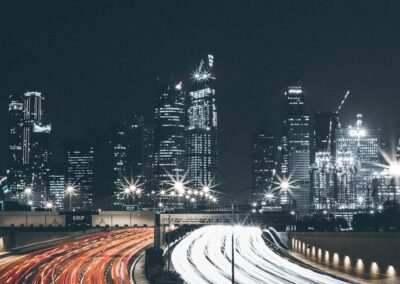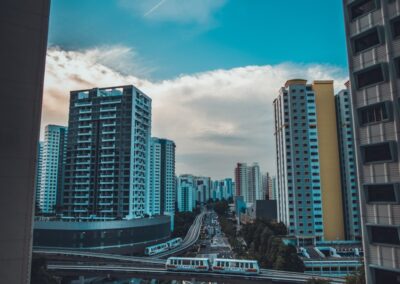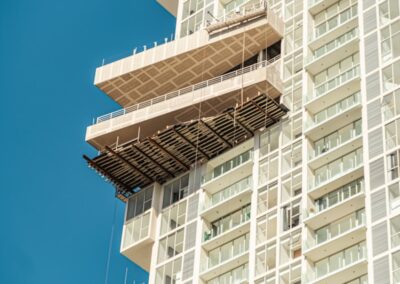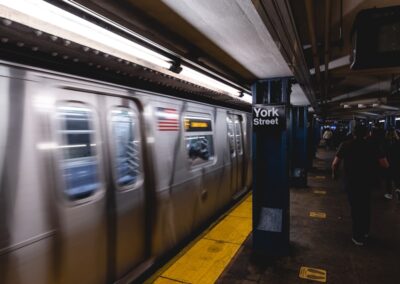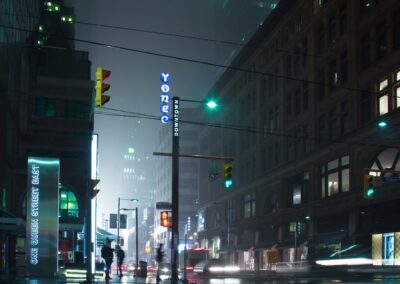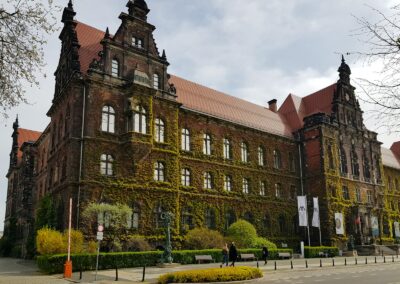Innovative Approaches to Urban Housing in Modern Cities
The Role of Vertical Urban Developments in Addressing Housing Affordability
In rapidly growing cities, vertical urban developments for affordable housing are emerging as a crucial solution to the challenges of urbanization. By building upwards rather than outwards, these developments maximize land use efficiency, providing more housing units within a limited urban footprint. This approach is particularly relevant in regions like Saudi Arabia and the UAE, where urban centers like Riyadh and Dubai are experiencing significant population growth and increased demand for affordable housing.
Saudi Arabia’s Vision 2030 aims to address housing shortages and improve living standards by promoting the construction of high-density, vertically integrated communities. Vertical urban developments in Riyadh incorporate mixed-use buildings that offer residential, commercial, and recreational spaces within the same structure. This not only optimizes land use but also creates vibrant, self-sustaining communities where residents can live, work, and play without the need for extensive commuting.
Dubai, known for its innovative architectural projects, is also leveraging vertical urban developments to meet its housing needs. The city’s ambitious urban planning includes the construction of high-rise buildings that integrate affordable housing units with luxury apartments and commercial spaces. By blending different housing options within a single development, Dubai ensures that diverse population segments have access to quality housing while maintaining the city’s high standards of design and sustainability.
Incorporating High Standards of Design and Sustainability
One of the key challenges in vertical urban developments for affordable housing is maintaining high standards of design and sustainability. These developments must balance cost efficiency with architectural excellence and environmental responsibility. In Riyadh, architects and developers are utilizing advanced construction materials and techniques to create aesthetically pleasing, energy-efficient buildings. High-performance glazing, green roofs, and advanced insulation systems are some of the features that enhance the sustainability of these structures.
Dubai’s approach to sustainable vertical urban developments involves the integration of smart technologies and green building practices. The city is investing in solar energy, water recycling systems, and IoT-enabled building management systems to reduce the environmental impact of high-rise buildings. These technologies not only enhance the sustainability of urban developments but also contribute to long-term cost savings, making affordable housing more economically viable.
Moreover, both Riyadh and Dubai are incorporating community-centric design principles in their vertical urban developments. By creating shared spaces such as parks, community centers, and recreational facilities, these cities promote social interaction and a sense of belonging among residents. This holistic approach to urban design ensures that affordable housing developments are not just functional but also enhance the quality of life for their inhabitants.
Leveraging Technology to Enhance Urban Housing Solutions
The integration of advanced technologies plays a pivotal role in the success of vertical urban developments for affordable housing. Artificial intelligence (AI), blockchain, and generative AI are transforming the way cities plan, construct, and manage high-rise buildings. In Saudi Arabia, AI-driven urban planning tools are helping developers optimize building designs for energy efficiency and space utilization. These tools analyze vast amounts of data to provide insights on the best design practices, ensuring that vertical developments are both sustainable and cost-effective.
Blockchain technology is revolutionizing real estate transactions in the UAE, providing a transparent and secure platform for buying, selling, and managing properties. By streamlining the process and reducing the potential for fraud, blockchain enhances the efficiency and trustworthiness of real estate markets. This technology is particularly beneficial for affordable housing projects, where transparency and cost efficiency are paramount.
The use of generative AI in construction is another innovative approach being adopted in Riyadh and Dubai. This technology allows architects to create complex, optimized building designs that maximize space and energy efficiency. By simulating various design scenarios, generative AI helps identify the most effective solutions for vertical urban developments, ensuring that these buildings meet high standards of design and sustainability while remaining affordable.
Conclusion
Vertical urban developments offer a promising solution to the challenge of providing affordable housing in rapidly growing cities. By leveraging advanced technologies and sustainable design principles, cities like Riyadh and Dubai are creating high-rise buildings that not only address housing affordability but also enhance urban living standards. Through strategic planning, innovative construction methods, and a commitment to sustainability, these cities are setting new benchmarks for modern, inclusive, and vibrant urban environments.
#VerticalUrbanDevelopmentsForAffordableHousing #UrbanAffordability #SustainableHighRiseBuildings #RiyadhVerticalHousing #DubaiSustainableArchitecture #SaudiArabiaUrbanDevelopment #UAERealEstateInnovation #AIInUrbanPlanning #BlockchainInRealEstate #TheMetaverseInUrbanDesign #GenerativeAIInConstruction #BusinessSuccess #LeadershipInSustainableDesign #ProjectManagementInConstruction

